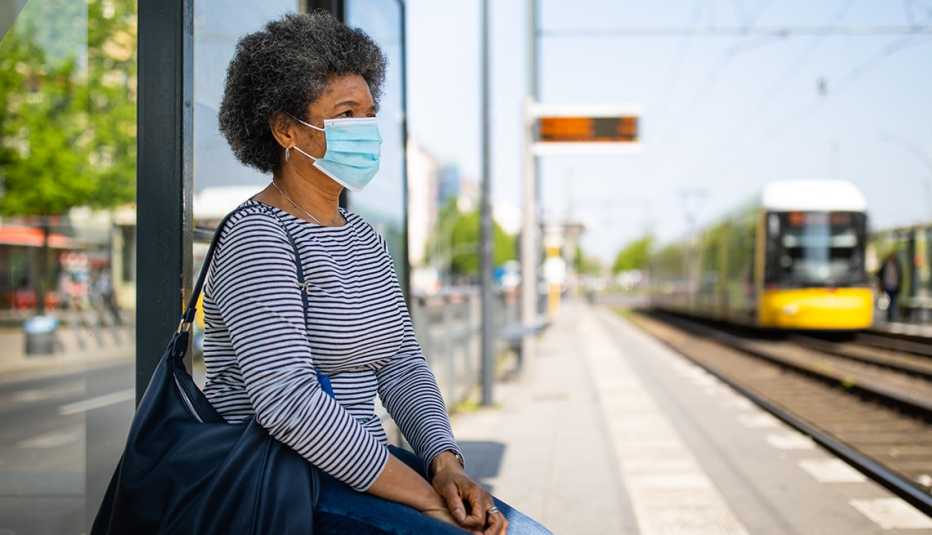Staying Fit
America was a nation of huggers. We cuddled our grandchildren, embraced to provide comfort and hugged in greeting.
But COVID-19 has changed that. Now hugging can be hazardous, carrying with it the risk of transmitting a virus that travels through close contact. So will our culture abandon hugging?


AARP Membership— $12 for your first year when you sign up for Automatic Renewal
Get instant access to members-only products and hundreds of discounts, a free second membership, and a subscription to AARP the Magazine.
"We're going to see a lot less hugging in the future,” said Gail Saltz, an associate professor of psychiatry at NewYork-Presbyterian Weill Cornell Medical College. “Shaking hands and touching the cheeks of complete strangers probably hasn't made sense for a long time, since we know how contagion works."
Embracing in the time of the pandemic is about risk management. For many, especially those 65 and older and those with underlying medical conditions who are at high risk for COVID-19, hugging should mostly be off the table, at least until a vaccine is found, said William Li, a physician studying COVID-19 and president and founder of the nonprofit Angiogenesis Foundation.
Younger people also may be reluctant to hug parents or grandparents out of fear they might transmit the coronavirus. The decision not to hug can actually be a demonstration of caring, Saltz said.
"There's concern about putting the older person at risk,” she said. “The person who loves them would feel horrendous if they were the source of the virus."
But people miss hugging so much, they're getting creative. One New Jersey grandmother donned a head-to-toe unicorn costume and visited her grandchildren for hugs. Maureen Sweeney, 58, of Cinnaminson said it was “overwhelming” the first time she embraced her grandchildren after months without doing so. She disinfects the unicorn between uses and even bought a shark costume for her husband.
Maureen Sweeney safely hugs her grandsons for the first time in months with the help of a unicorn costume. Video courtesy of HughE Dillon.


After weeks of quarantining, Daria Lucarelli, 57, of Ventura, California, had had enough of waving to her four grandchildren from afar. She bought clear trash bags, then cut and taped them to create two full-body plastic suits, throwing in scuba snorkels for breathing. She and her 73-year-old husband showed up on their daughter's doorstep for hugs.
"It was electrifying,” Lucarelli said. “You don't realize how much you miss the hugs until you actually feel them."



































































